The History of Monster Hunter Weapons

Monster Hunter's renowned for its diverse weapon selection and thrilling gameplay. But did you know even more weapons existed in earlier games, never making it to newer releases? Let's delve into the rich history of Monster Hunter weapons.
← Return to **Monster Hunter Wilds' main article**
A History of Monster Hunter Weapon Types

Monster Hunter's journey spans over two decades, beginning in 2004. A key element of its enduring appeal is its varied weapon roster. Monster Hunter Wilds boasts fourteen distinct weapon types, each with unique strengths, weaknesses, movesets, and mechanics to master.
From the original Great Sword to its modern counterpart, the evolution is dramatic. New tools, moves, and mechanics have significantly reshaped gameplay. Furthermore, some older weapons remain exclusive to certain regions, adding another layer to the franchise's history. Let's explore this evolution, focusing on the hunter's most crucial tool: the weapon.
First Generation Weapons

These weapons debuted in the original Monster Hunter and its various versions. Considered the series' foundational weapons, they've evolved significantly, boasting refined movesets and enhanced mechanics.
Great Sword

Arguably the franchise's most iconic weapon, the Great Sword's history stretches back to 2004. Known for its immense power, its high damage comes at the cost of mobility. While capable of devastating single hits, its slow attacks and movements make it a challenge to master. The heavy blade can also function as a shield, consuming stamina and sharpness.
Initially, gameplay revolved around hit-and-run tactics and precise spacing. While combos were possible, slow animations made extended chains less effective. Interestingly, the initial design prioritized damage based on the blade's impact point, with the middle dealing more damage than the tip or hilt.
Monster Hunter 2 introduced the iconic Charged Slash, a multi-level charge attack culminating in a powerful swing. This move remains a cornerstone of the Great Sword's appeal. Subsequent games refined this mechanic, adding more finishers and improving combo fluidity despite the weapon's inherent slowness. Monster Hunter World's shoulder tackle, allowing for a quicker charged attack, is a prime example of this evolution.
The Great Sword offers a relatively low skill floor but a high skill ceiling. While basic hit-and-run tactics are effective, maximizing damage requires precise timing of the True Charged Slash in limited openings.
Sword and Shield

Embodying versatility, the Sword and Shield offers a balanced approach. While individual strikes deal moderate damage, it compensates with rapid combos, blocking capabilities, high mobility, and utility. Initially considered a beginner weapon due to its straightforward gameplay, its complexity has grown with each iteration.
The original version focused on quick slashes and high mobility. Monster Hunter 2 added the ability to use items while the weapon remained drawn. Subsequent installments expanded the moveset, introducing shield bash combos (Monster Hunter 3), backsteps and jumping attacks (Monster Hunter 4), and the Perfect Rush combo and aerial finishers (Monster Hunter World and Monster Hunter Rise).
Despite its shorter range and lower damage compared to other weapons, the Sword and Shield is a true jack-of-all-trades. Its infinite combo, quick attacks, evasive backstep, powerful finishers, and blocking capabilities make it a surprisingly deep and rewarding weapon, often underestimated due to its apparent simplicity.
Hammer

One of two blunt weapons (the other being the Hunting Horn), the Hammer excels at breaking parts, particularly the head, leading to knockouts. After Monster Hunter 2, it became synonymous with KO strategies. Its playstyle, similar to the Great Sword, involves hit-and-run tactics, but it boasts surprisingly high mobility for its size and lacks the ability to block.
Its charge mechanic uniquely allows movement during charging. The moveset remained largely unchanged until Monster Hunter World and Monster Hunter Rise, which introduced the Big Bang and Spinning Bludgeon attacks, significantly enhancing its offensive capabilities beyond its trademark golf swing and Superpound.
The introduction of Strength and Courage modes further added depth. While damage output remains similar between modes, they drastically alter charge attacks and their effects. Effective Hammer usage requires mastering mode switching based on monster matchups and maintaining charge while moving.
The Hammer's objective is straightforward: target the head and induce knockouts. While simple in concept, achieving this requires skill and timing to capitalize on openings for charged attacks and combo finishers.
Lance

The Lance embodies the adage, "A good offense is a great defense." Its long reach allows for ranged attacks, while its large shield provides exceptional defense, capable of blocking most attacks, even some considered unguardable with proper skill setups. Despite its limited mobility and attacks when drawn, it delivers considerable damage.
Gameplay revolves around a calculated approach, poking at range from the safety of its guard. Its core attacks—forward and upward thrusts—can be chained. The addition of a counter mechanic further emphasizes its defensive posture. Running charge and shield bash attacks aid in closing the distance.
Often perceived as "boring" due to its less flashy animations, the Lance rewards strategic positioning and defense. It transforms the hunter into a formidable tank, offering superior defense compared to its cousin, the Gunlance.
Light Bowgun

The Light Bowgun is a highly mobile ranged weapon, maintaining normal movement speed while drawn. Its faster reload speed, compared to the Heavy Bowgun, enhances its agility and safety. Customization options, including barrels, silencers, and scopes, allow for tailored builds.
While lacking the firepower of its heavier counterpart in terms of ammunition variety, it excels at rapid firing certain ammo types. This ability allows it to outperform other ranged weapons in certain situations despite its lower overall damage.
Monster Hunter 4's introduction of "Critical Distance" added depth to ranged combat, requiring precise positioning for maximum damage based on ammunition type. Monster Hunter World introduced Wyvernblast, allowing the placement of detonating bombs, and a slide maneuver, further enhancing its mobility.
The Light Bowgun has evolved beyond being a weaker version of the Heavy Bowgun. Its simple design has become more robust, maintaining its ease of use while offering comparable mechanics and specialized capabilities.
Heavy Bowgun

The Heavy Bowgun is the ultimate ranged artillery weapon of the first generation. Its high damage and access to specialized ammunition make it ideal for long-range attacks. However, its size and weight severely restrict mobility while drawn.
The Heavy Bowgun prioritizes firepower and ammunition flexibility over mobility. While slower movement is a drawback, its ability to equip a shield provides crucial defense. Customization options allow for further optimization.
Monster Hunter 3 introduced Siege Mode, allowing sustained firing without reloading. Monster Hunter World added Wyvernheart (a minigun-like attack) and Wyvernsnipe (a powerful single-shot attack), both using unique ammunition. Both weapons require careful ammunition management, necessitating crafting during hunts.
The Heavy Bowgun remains focused on high-damage ammunition, making short work of monsters with its sheer firepower. While minor changes like dodge rolls and attachments have been added, its core identity remains unchanged: big gun, big bullets.
Dual Blades

The Dual Blades epitomize speed and fluidity, excelling at inflicting status ailments and elemental damage due to their rapid multi-hit attacks. Interestingly, despite being a first-generation weapon, they were introduced in the Western release of Monster Hunter, absent from the initial Japanese release.
The weapon's design prioritizes speed and fluid combos, surpassing the Sword and Shield in pure offensive capability. While individual hits are weak, their rapid succession delivers substantial damage.
The Demon Mode, a temporary damage boost with access to additional attacks and maneuvers, drains stamina. Monster Hunter Portable 3rd and Monster Hunter 3 Ultimate introduced the Demon Gauge, allowing for Archdemon Mode, a more powerful state without stamina drain. This significantly altered gameplay, encouraging sustained Archdemon Mode rather than cycling in and out of Demon Mode.
The Demon Dash, a unique movement tool, has been enhanced over time, particularly with the Adept Hunter Style in Monster Hunter Generations Ultimate, which allows for a perfect dodge that enhances the Demon Dash and grants damage buffs.
While the core remains unchanged, refinements to Archdemon Mode and other features have optimized the weapon's offensive capabilities.
Second Generation Weapons

Introduced in the second generation, these weapons can be considered cousins to their first-generation counterparts, sharing functional similarities but possessing distinct movesets and mechanics.
Long Sword

The Long Sword is renowned for its fluid combos, high damage, and sophisticated mechanics. While visually similar to some katanas among the first-generation Great Swords, it was officially introduced in Monster Hunter 2 with its own unique moveset. Functionally similar to the Great Sword in its slashing attacks and high damage, it boasts superior mobility and more fluid combos, but sacrifices the ability to block.
The Spirit Gauge mechanic is central to its gameplay. Originally, it filled with successful attacks, unlocking the Spirit Combo, a powerful damage string. Monster Hunter 3 expanded the Spirit Gauge to three levels (white, yellow, red), each granting stronger attack buffs, culminating in the Spirit Roundslash finisher.
Monster Hunter World significantly enhanced the weapon, adding the Spirit Thrust Helm Breaker finisher and the Foresight Slash, a parry attack that seamlessly integrates into combos. Iceborne introduced the Iai Stance, providing the Iai Slash and Iai Spirit Slash, further enhancing its counter-attack capabilities.
The Long Sword's evolution has shifted its focus from simple combos to a more counter-based style, integrating parries and counters for efficient Spirit Gauge buildup and maximizing damage output.
Hunting Horn

The Hunting Horn is primarily a support weapon, introduced in Monster Hunter 2. Its unique Recital mechanic allows for playing notes that trigger various beneficial effects, ranging from attack and defense buffs to healing.
Like the Hammer, it deals blunt damage and targets the head for stuns. However, its overall damage is lower due to its support capabilities. Evolution focused on refining the Recital mechanic, initially requiring dedicated time outside of combat. Monster Hunter 3 Ultimate allowed note playing during attacks, improving fluidity.
Monster Hunter World introduced song queuing, allowing for simultaneous activation of multiple buffs, further streamlining combat. Echo Notes, introduced in the expansion, added area-based buffs triggered by specific Recital sequences.
Monster Hunter Rise completely overhauled the weapon, simplifying Recital activation and reducing the song list, making it more accessible but sparking debate about the loss of complexity.
Gunlance

A hybrid of Lance and Bowgun, the Gunlance, introduced in the second generation, combines a lance's shield and piercing attacks with the ability to fire explosive shells. While visually similar to the Lance, it differs in attack type (slashing/cutting) and possesses unique finishers.
The Gunlance's gameplay revolves around shelling, with different shelling types affecting attacks. Monster Hunter 3 introduced a quick reload mechanic, enabling infinite combos, the Full Burst attack, and the ability to charge additional shells for single attacks.
Monster Hunter X added the Heat Gauge, which fills with shelling attacks, impacting physical damage and potentially overheating the weapon. Monster Hunter World added the Wyrmstake Shot, a powerful impaling finisher.
The Gunlance's unique reloading mechanics and the need to balance shelling usage and physical attacks distinguish it from other melee weapons.
Bow

The most agile ranged weapon, the Bow, introduced in Monster Hunter 2, excels in close-to-mid-range combat, utilizing its mobility to dart in and out of attacks. Its gameplay is combo-focused, similar to melee weapons, with chargeable attacks that increase arrow count.
It emphasizes hit-and-run tactics, targeting weak points for maximum elemental damage. Coatings modify damage and inflict status effects. While early games utilized Shot Types, limiting available attacks based on the bow, Monster Hunter World unified the moveset, integrating Shot Types into the base attacks and making Close-Range Coating infinite.
Monster Hunter Rise reintroduced Shot Types, tying them to charge levels, adding another layer of complexity.
The Bow's evolution toward a more aggressive, combo-heavy ranged style differentiates it from the point-and-shoot gameplay of Bowguns.
Third and Fourth Generation Weapons

Introduced in Monster Hunter 3 and Monster Hunter 4 respectively, these weapons feature unique transformation mechanics, adding another dimension to gameplay.
Switch Axe

The Switch Axe, introduced in Monster Hunter 3, boasts two modes: Axe Mode and Sword Mode. Initially requiring a quest completion to unlock its crafting, it later became readily available. Gameplay involves balancing both modes—Axe Mode for mobility and range, and Sword Mode for higher damage and the Elemental Discharge finisher.
Monster Hunter World introduced the Amped state, empowering Sword Mode attacks. Monster Hunter Rise extended the Amped state to both modes, encouraging form switching for maximized damage.
The Switch Axe's form-swapping mechanics and explosive combat style make it a unique addition to the series.
Insect Glaive

The Insect Glaive, introduced in Monster Hunter 4, is an aerial combat weapon paired with a Kinsect, an insect controlled by the hunter to collect essences granting buffs. It excels at mounting monsters.
Its core gameplay involves collecting red, white, and orange essences for attack, mobility, and defense buffs. While core mechanics remain largely unchanged, additions like the Descending Thrust finisher (Monster Hunter World: Iceborne) have enhanced its capabilities.
Monster Hunter Rise simplified Kinsect upgrades and introduced new Kinsect types, improving accessibility.
The Insect Glaive's unique buff system and aerial combat capabilities make it a distinctive and rewarding weapon.
Charge Blade

The Charge Blade, another transforming weapon introduced in Monster Hunter 4, offers versatility and powerful finishers. It utilizes Sword Mode to charge phials and Axe Mode to unleash the Amped Elemental Discharge. It's considered one of the most challenging weapons to master.
Mastering its Guard Points is crucial for efficient phial charging and defense. Understanding attack transitions and monster behavior is essential for maximizing its potential.
The Charge Blade's balanced offense and mechanical depth make it a rewarding weapon for skilled players.
The Future of Monster Hunter Weapons?

While Monster Hunter Wilds features fourteen weapons, the series' history includes more weapons not available in Western releases. Given its longevity, the introduction of new weapons or the revival of older ones is highly anticipated.
The possibility of even more weapons in future installments promises to further enhance the already captivating gameplay.

-
1

GTA 6 Set for Fall 2025 Release, CEO Confirms
Apr 03,2025
-
2
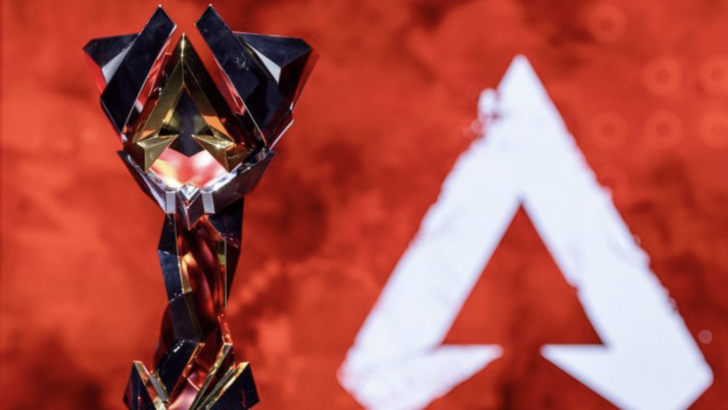
First ALGS in Asia Emerges in Japan
Jan 19,2025
-
3

Introducing the Ultimate Guide to Seamless Character Swapping in Dynasty Warriors: Origins
Feb 25,2025
-
4
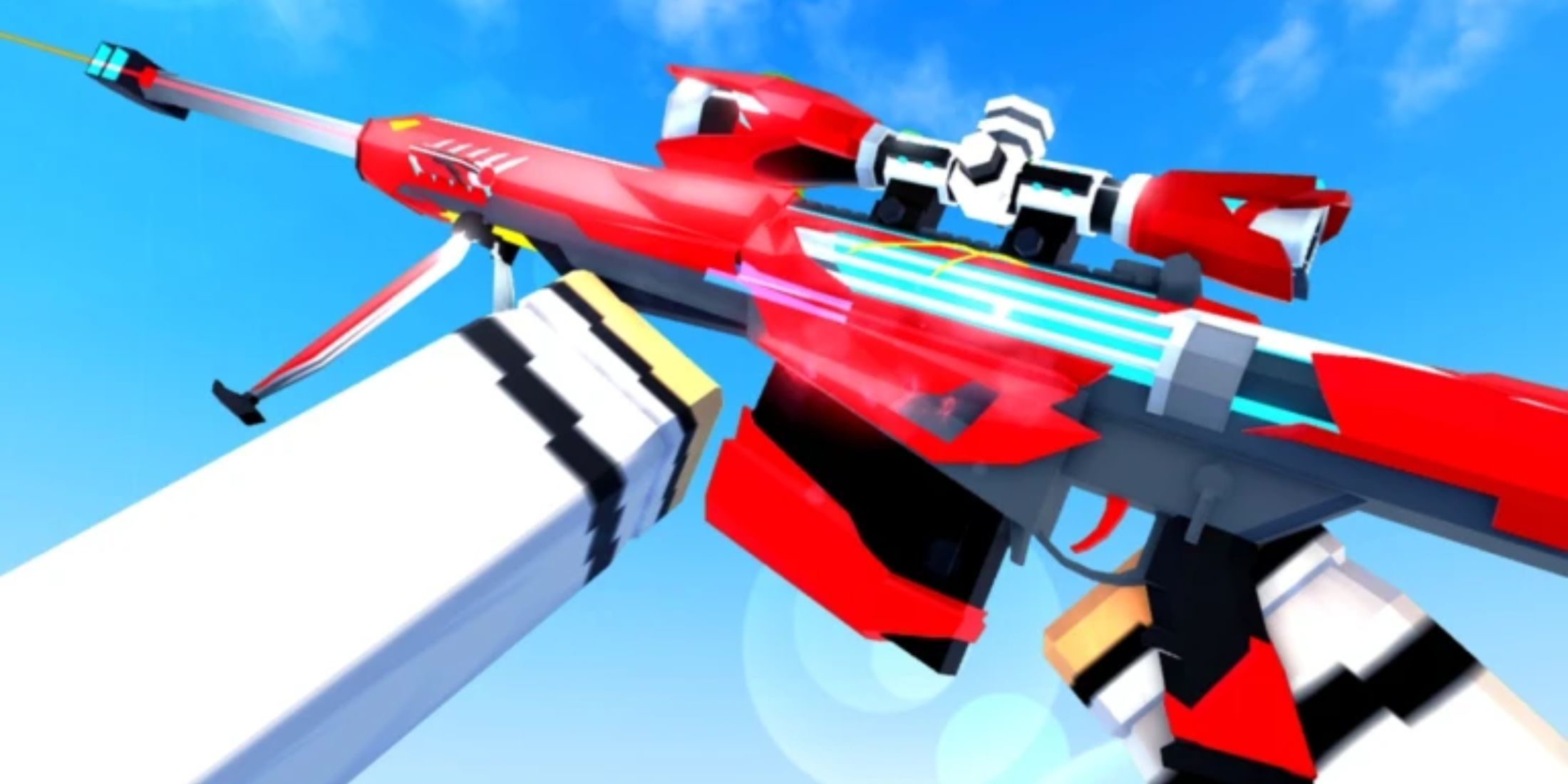
Roblox: CrossBlox Codes (January 2025)
Mar 04,2025
-
5
![Roblox Forsaken Characters Tier List [UPDATED] (2025)](https://img.jdzca.com/uploads/18/17380116246797f3e8a8a39.jpg)
Roblox Forsaken Characters Tier List [UPDATED] (2025)
Mar 05,2025
-
6
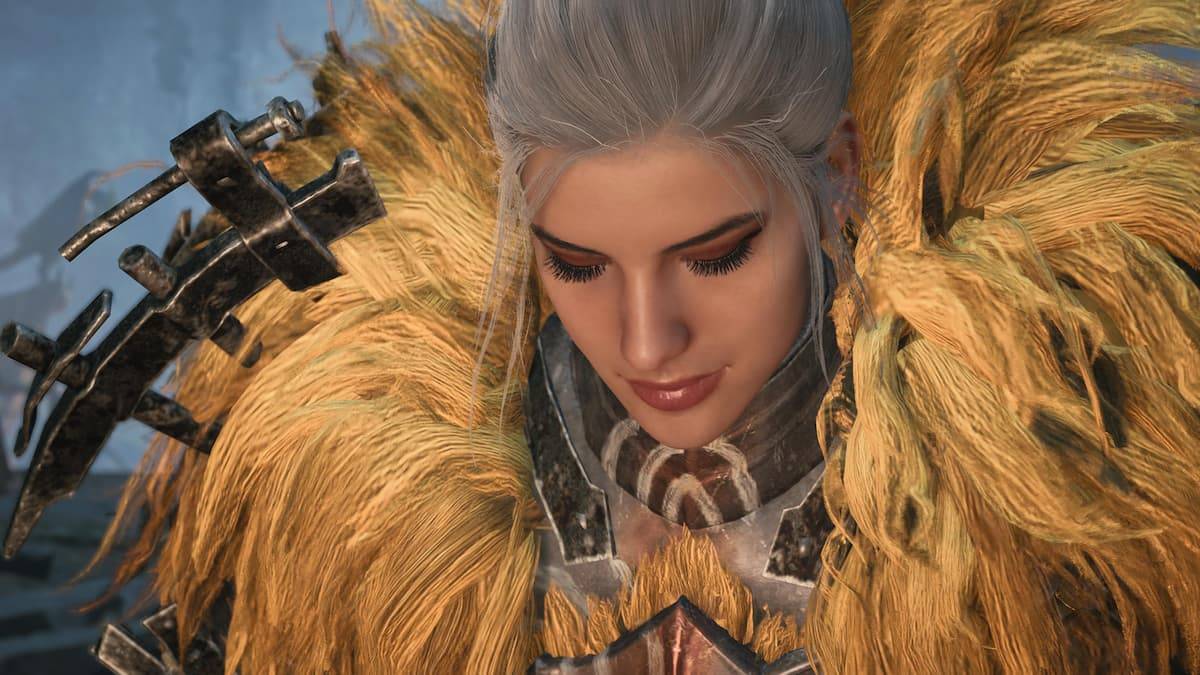
Max Hunter Rank in Monster Hunter Wilds: Tips to Increase
Apr 04,2025
-
7
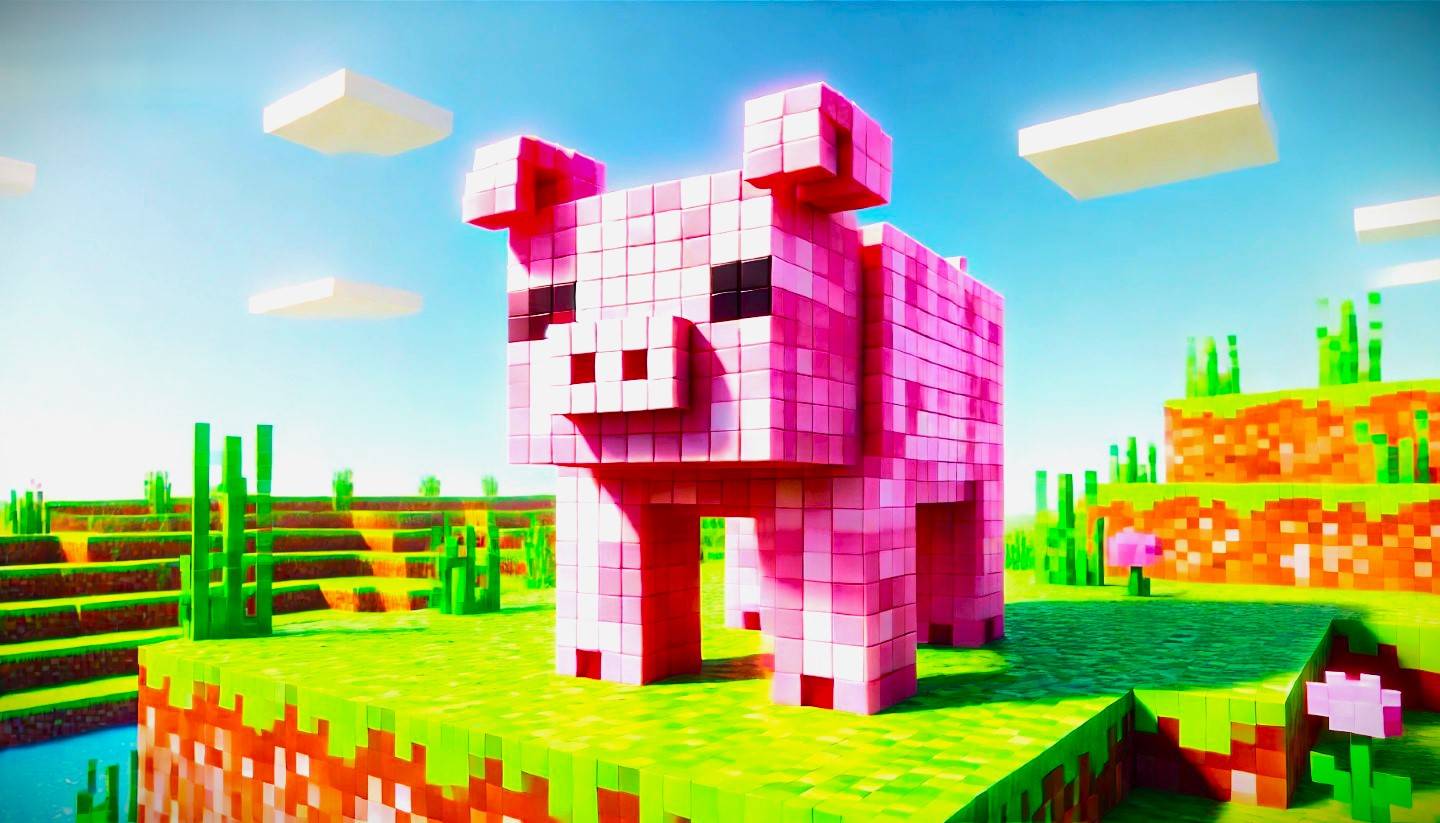
Cute mobs in Minecraft: pink pigs and why they are needed
Mar 06,2025
-
8
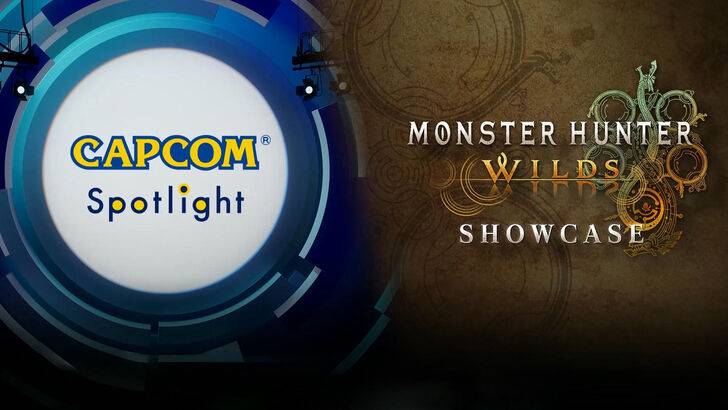
Capcom Spotlight Feb 2025 Showcases Monster Hunter Wilds, Onimusha and More
Apr 01,2025
-
9
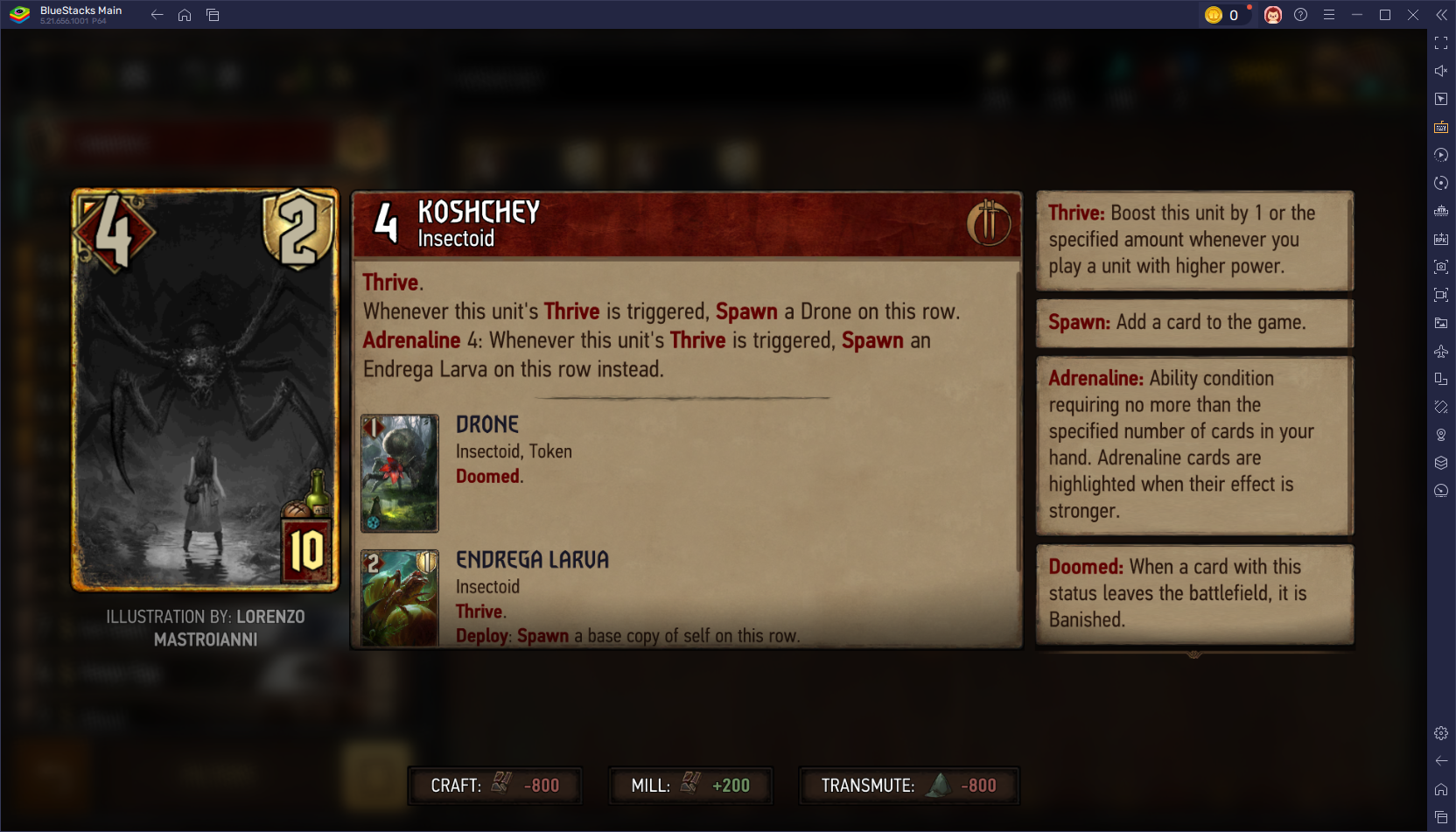
Gwent: Top 5 Witcher Decks (2025 Update)
Mar 13,2025
-
10
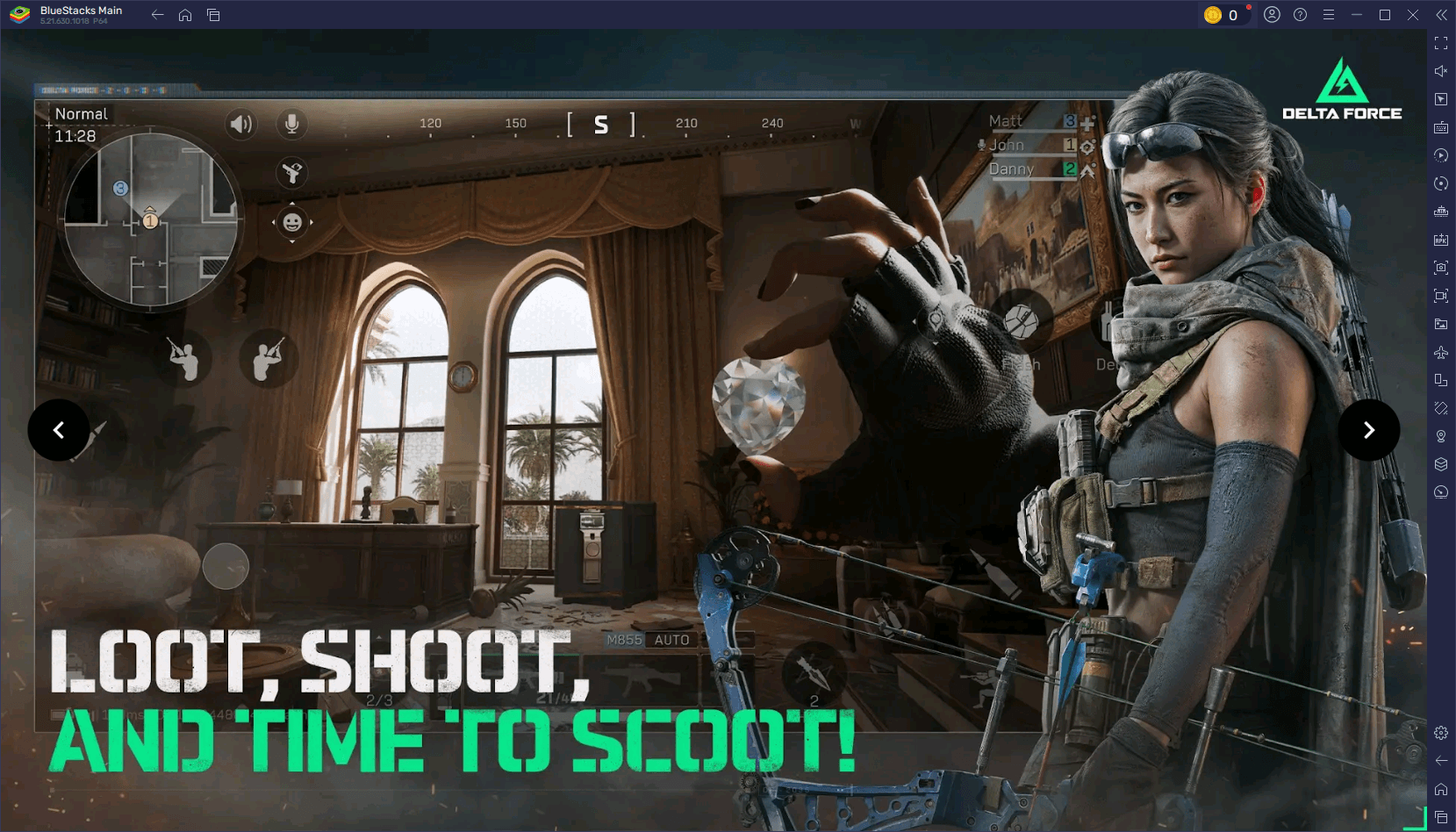
Delta Force Mobile: Beginner's Guide to Getting Started
Apr 23,2025
-
Download

Portrait Sketch
Photography / 37.12M
Update: Dec 17,2024
-
Download

Friendship with Benefits
Casual / 150.32M
Update: Dec 13,2024
-
Download
![[NSFW 18+] Sissy Trainer](https://img.jdzca.com/uploads/16/1719638919667f9b874d57e.png)
[NSFW 18+] Sissy Trainer
Casual / 36.00M
Update: Dec 11,2024
-
4
F.I.L.F. 2
-
5
슬롯 마카오 카지노 - 정말 재미나는 리얼 슬롯머신
-
6
Pocket Touch Simulation! for
-
7
Shuffles by Pinterest
-
8
Life with a College Girl
-
9
Chubby Story [v1.4.2] (Localizations)
-
10
Hunter Akuna














